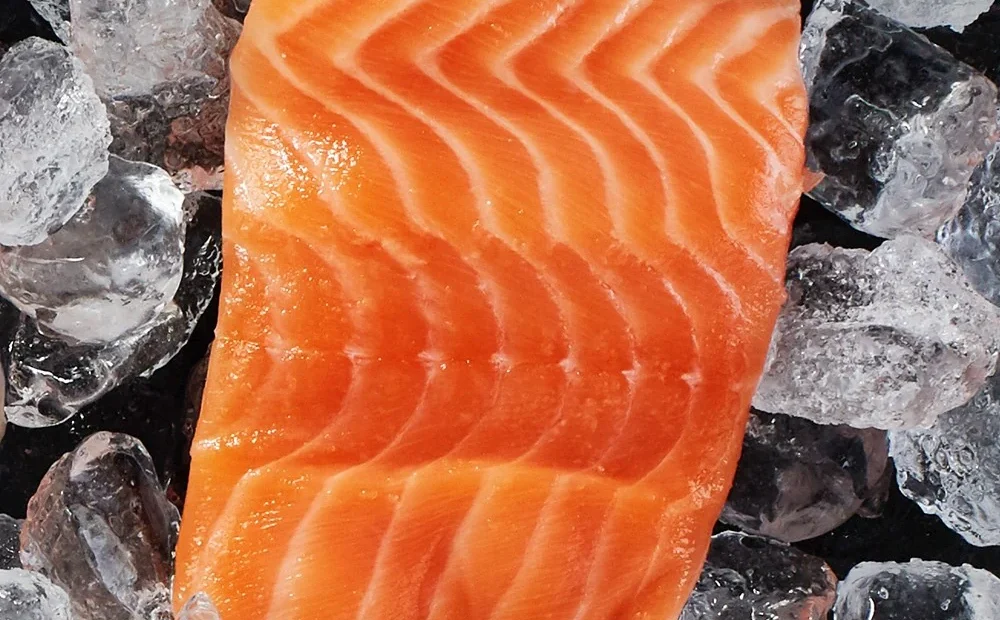
Norwegian salmon exports have witnessed significant growth in recent years, as flying conditions played an important role in reaching distant markets quickly. In January 2025 alone, Norway was exported more than $ 1 billion / $ 88.9 million of salmon to the United States, which represents a new record in value.
So mood music from the White House gives Norwegian salmon producers a great concern about the potential American definitions of their exports. The recent market reactions confirmed these concerns; For example, the shares of Norwegian salmon companies decreased by 3 %, amid fears that the United States would provide a 25 % tariff, and initially target Canadian seafood, to European products as well.
Industry leaders are actively looking for strategies to alleviate the possible effects of these definitions. One of the methods is under consideration of creating processes within the United States. By doing this, companies can argue that their products contribute to American jobs, which may make them less likely to import definitions. This will actively lead to a decrease in the need for air weapons conditions across the North Atlantic Ocean.
The Norwegian government also takes steps to address these concerns. Finance Minister Jeans Stoltenberg stressed the importance of preventing trade restrictions and expressed his intentions to benefit from his international experience to maintain favorable trade relations with the United States.
Despite these efforts, uncertainty is still high. The possibility of a tariff on companies such as first seafood closely monitored the situation, with recognition that such commercial barriers can complicate their export plans, especially for facilities in the early stages of production.
The current situation of Norwegian salmon
AirFeright is necessary to transfer fresh Norwegian salmon to the markets around the world, especially those that require rapid connection to maintain the freshness of the product. Olo Gardermoen Airport works as a central center for these operations, as many airlines facilitate shipping rapid salmon to destinations like the United States, Asia and Europe.
In 2023, about 264,408 tons of salmon from Norway were exported by air, with the United States, imported about 60,604 tons, with an average of 1165 tons per week. Other important markets include China, South Korea and Japan.
In addition to the traditional European markets, the Norwegian salmon exporters expand to the Middle East and Asia. This diversification helps reduce the risks associated with relying on one market and benefits from the growing global demand for seafood.
To enhance efficiency, new air shipping services have been created, which reduces transportation times. For example, some services now provide salmon to the United States up to 72 hours faster than before.
It enabled it to adopt the Norwegian salmon industry on the terms of the tendons to effectively meet the global demand. While the sector benefits from increasing exports and diversifying the market, it must move in environmental challenges and potential commercial policy transformations. Continuous vigilance and strategic planning are necessary to maintain and enhance the position of Norway in the global salmon market.
From weather to seafreight
Ironically, any decrease in the activity of the Norwegian airflower is arising from American exports that are not taken by other markets, which can be equal to the outcome of Hofse International to develop the modern seafood processing system with a refreshing facility on the American eastern coast to serve as its center.
As part of its plan to abandon its use of AirFeright, Alesund, Salmon and Trout Farmer, based in Norway, develops a freezing and freezing system that allows them to connect high -quality fish products to the United States by charging the ocean.
“It can make a lot of opportunities,” said Hofse’s chief technology official at Hofse’s Icefresh said.
“We believe that seafood flying across the oceans is not a good idea,” said Hawlajland. “Our update program, as it is the stretching, transportation and melting of melting upon request, improves quality, provides a lot of carbon dioxide, and actually has a cost benefit to our customers by reducing waste.”
In 2022, Hofseth flew 2,479 tons of fish from Europe to the United States, which led to 32,455 tons of carbon dioxide emissions.
The company said in the 2022 sustainability report: “Although only 4.63 % of our transferred size is calculated, air conditions contribute to an amazing 81 % of our transportation emissions,” the company said in the 2022 Sustainability report. “This blatant contrast confirms the decisive need to improve and explore alternative transportation patterns to achieve our sustainability goals.”
Hofse’s icefresh is freezing salmon immediately after being slaughtered. Hofseth was a pioneer in technology development and creating a comprehensive and sustainable chain within seafood. For example, the sister company Hofseth Biocare is a 100 % useful use of human consumption. ICEFRESH technology has the ability to significantly reduce carbon fingerprint in the value chain.
“In the long run, we will have many centers around the world that can be used by all players, and for other types of fish of salmon and salmon only. This is the solution that can give the entire seafood industry a sustainable batch.” Hofsith says.